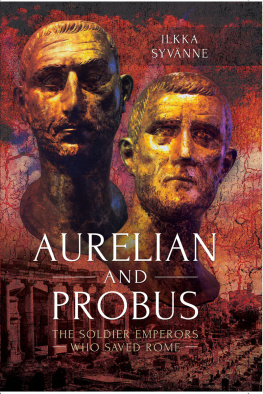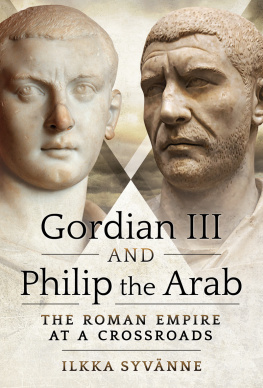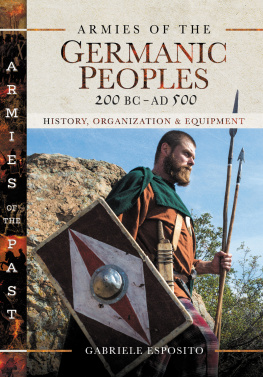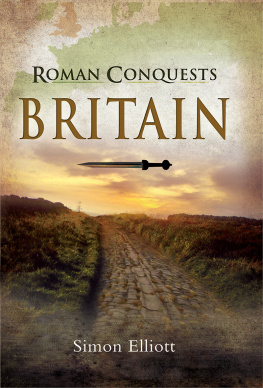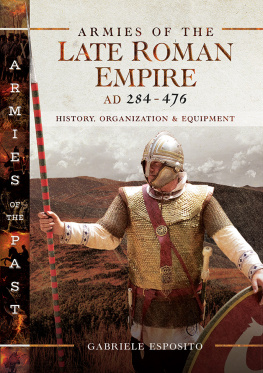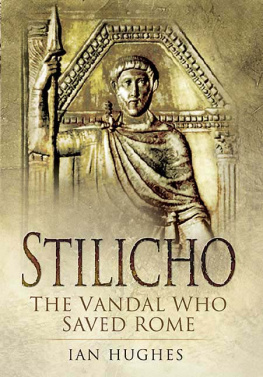First published in Great Britain in 2018 by
Pen & Sword Military
an imprint of
Pen & Sword Books Ltd
47 Church Street
Barnsley
South Yorkshire
S70 2AS
Copyright Dr. Ilkka Syvanne 2018
ISBN 978 1 78346 273 5
ePUB ISBN 978 1 47387 223 3
Mobi ISBN 978 1 4738 7222 6
The right of Dr. Ilkka Syvanne to be identified as the Author of this Work has been asserted by him in accordance with the Copyright, Designs and Patents Act 1988.
A CIP catalogue record for this book is available from the British Library
All rights reserved. No part of this book may be reproduced or transmitted in any form or by any means, electronic or mechanical including photocopying, recording or by any information storage and retrieval system, without permission from the Publisher in writing.
Pen & Sword Books Limited incorporates the imprints of Atlas, Archaeology, Aviation, Discovery, Family History, Fiction, History, Maritime, Military, Military Classics, Politics, Select, Transport, True Crime, Air World, Frontline Publishing, Leo Cooper, Remember When, Seaforth Publishing, The Praetorian Press, Wharncliffe Local History, Wharncliffe Transport, Wharncliffe True Crime and White Owl.
For a complete list of Pen & Sword titles please contact
PEN & SWORD BOOKS LIMITED
47 Church Street, Barnsley, South Yorkshire, S70 2AS, England
E-mail:
Website: www.pen-and-sword.co.uk
List of Plates
A fully equipped ( hasta -spear, spatha -sword, lorica squamata /scale-armour, Deurne -helmet, scutum -shield, shin-guards) front rank elite soldier. ( Jyrki Halme )
A Tervingi Goth in the Gothic village of Masomcz, Poland. Reconstruction by Vicus Ultimus. ( Vicus Ultimus )
Jyrki Halme wearing late Roman light equipment. ( Jyrki Halme )
Finnish re-enactor Jyrki Halme in a pose to demonstrate the various pieces of equipment worn by a fully equipped front rank elite soldier at rest. ( Jyrki Halme )
A Roman officer in light equipment suited for use in cities, where it was forbidden to carry shields. ( Jyrki Halme )
Jyrki Halmes impression of late Roman light equipment. ( Jyrki Halme )
Finnish re-enactor Jyrki Halme as Roman officer in light equipment with a military cloak. The cloak bears the famous Swastika symbol, which was a symbol of the sun. ( Jyrki Halme )
Emperor Julian in Louvre. ( Bernoulli, 1894 )
The profile of the Emperor Julian in Louvre. ( Bernoulli, 1894 )
Statue of Emperor Valentinian I, but Bernouilli suggests Theodosius I. ( Bernoulli, 1894 )
Old 19th century photo of the Diptych of Probus representing the Emperor Honorius.
Coin of Julian. ( Authors photo: British Museum )
Galla Placidia, daughter of Theodosius by his second wife Galla, who died in childbirth in 394. ( Authors photo: British Museum )
Coin of Valentinian I. ( Authors photo: British Museum )
1516. Coin of Valens. ( Authors photo: British Museum )
Gratian. ( Authors photo: British Museum )
Members of the Vicus Ultimus re-enactor group. ( Vicus Ultimus )
1920. Theodosius I the Great and his first wife Flacilla. ( Authors photo: British Museum )
Coin of Magnus Maximus. ( Authors photo: British Museum )
A member of the Vicus Ultimus re-enactor group with a draco-standard, Poland at Hejmstead, Romo North Sea coast. ( Vicus Ultimus )
Nydam quiver. Reconstruction by Vicus Ultimus. ( Vicus Ultimus )
Sasanian helmet. ( Authors photo: British Museum )
Sardonyx which was thought to present Helena and Julian, but which is now dated to 1st century AD . ( Authors photo: British Museum )
Spear heads with stoppers/slugs (6th to 7th century). ( Authors photo: British Museum )
Scramasax -sword. ( Authors photo: British Museum )
Original and reconstructed Sutton Hoo helmet. ( Authors photos: British Museum )
A decorated shield of a Germanic Chieftain (Anglo-Saxon) from Sutton Hoo (7th century). ( Authors photo: British Museum )
A parade helmet and crocodile skin suit armour (4th century AD ). ( Authors photos: British Museum )
A 16th century (about 155075) crossbow, a version of which was also used by the Romans in the fourth century AD . ( Authors photo: British Museum )
Berkasovo helmet. ( Jyrki Halme )
Draco-standard. ( Jyrki Halme )
A fully-equipped multipurpose horseman as described by Arrian ( Techne Taktika 34.144.2, Ektaxis kata Alanon ).
An officer of the Equites Domestici (the drawing adapted from another publication of Dr. Ilkka Syvanne).
A member of the Ioviani Seniores equipped with a helmet (Spangenhelm/Der el-Medineh), scale armour, a sword, a spear and a shield and three different types of helmet.
Various styles of helmets.
Five mounted men, likely to be the highest ranking Roman duces (generals). Source: Drawing of the Column of Theodosius by Menestrier (1765).
Drawing of Praefectus Excubitorum Imperatoris , as identified by Menestrier.
Three Federate commanders of Gothic origin shown by their fur cloaks. It is possible that the leading commander is Fravitta. Source: Drawing of the Column of Theodosius by Menestrier (1765).
Drawing most probably showing Gratianus (Gratian) and Theodosius I Magnus (Theodosius I the Great) on horseback.
Note pieces of martial equipment carried on horses/mules. Source: Drawing of the Column of Theodosius by Menestrier (1765).
Camels used as beasts of burden. Source: Drawing of the Column of Theodosius by Menestrier (1765).
The Indian elephant in the so-called Column of Theodosius. Source: Drawing of the Column of Theodosius by Menestrier (1765).
Drawing showing the different variations of Pseudo-Attic and Pseudo-Thracian helmets with the probable ridge-helmet construction and the slight variations in the leather cuirasses. Source: Drawing of the Column of Theodosius by Menestrier (1765).
Drawing showing the use of the lorica segmentata . Source: Drawing of the Column of Theodosius by Menestrier (1765).
Another example of the use of lorica segmentata in Theodosius Column. Source: Drawing of the Column of Theodosius by Menestrier (1765).
The Column of Theodosius also includes one half-naked club-bearer of the very same type as can be seen in Trajans Column. Source: Drawing of the Column of Theodosius by Menestrier (1765).


